Today, Azerbaijanis are marking the 29th anniversary of ‘Black January’, paying homage to the victims of Soviet repression that claimed more than 140 lives on this date in 1990.
In Baku, the capital of Azerbaijan, hundreds of thousands of people, including survivors and family members of those killed during what were turbulent and changing times, gather every year at the Alley of Martyrs, a cemetery where the victims of the horrific events are buried. The golden dome of the Eternal Flame memorial complex shines along the skyline, symbolizing those that sacrificed their lives for the independence of Azerbaijan.
In the late 1980s, when the Soviet Union was in its twilight, Armenia decided to take advantage of the geopolitical situation. In 1988, Armenia, which was the Soviet republic established in the historical lands of Azerbaijan, expelled 250,000 Azerbaijanis from their homelands, the last portion of Azerbaijani population who had remained there after the series of mass deportations of Azerbaijanis during the 20th century. In addition, Armenia decided to make a land grab, eyeing Azerbaijan's Nagorno-Karabakh region, which is internationally recognized territory of Azerbaijan but had been partially populated with ethnic Armenians alongside indigenous Azerbaijanis.
As a result, hundreds of thousands of Azerbaijanis took to the streets in Baku in 1988 – 1989 demanding the Soviet authorities in Moscow to put a stop to Armenia’s actions. Instead, the Soviet leadership turned a blind eye to these events and did nothing of the kind. The mass protests of Azerbaijanis in Baku against the policies of the Soviet Union turned into an independence movement for Azerbaijan.
In early 1990, Armenia’s parliament voted to include the Nagorno-Karabakh region of Azerbaijan in its budget plans, disregarding Azerbaijani jurisdiction and revealing Yerevan’s intent to annex the region. In the wake of the move, Azerbaijanis flocked to the streets in Baku again to express their mass protests against the Soviet Union’s policy towards the fate of the Nagorno-Karabakh region.
By the bloody date, a 50-thousand army of the Soviet military troops and special forces had already surrounded Baku. On Friday evening, January 19, 1990 – shortly before a state of emergency was declared – Soviet tanks rolled into Baku, destroying everything in their path. More than 140 were killed, around 800 were injured and dozens more went missing. At the same time, over 840 were arrested. What unfolded that weekend is remembered by Azerbaijanis as a nightmare. Bloody events also took place in the cities of Neftchala and Lankaran in the south, where eight people fell victim to Soviet bullets on January 25 and 26.
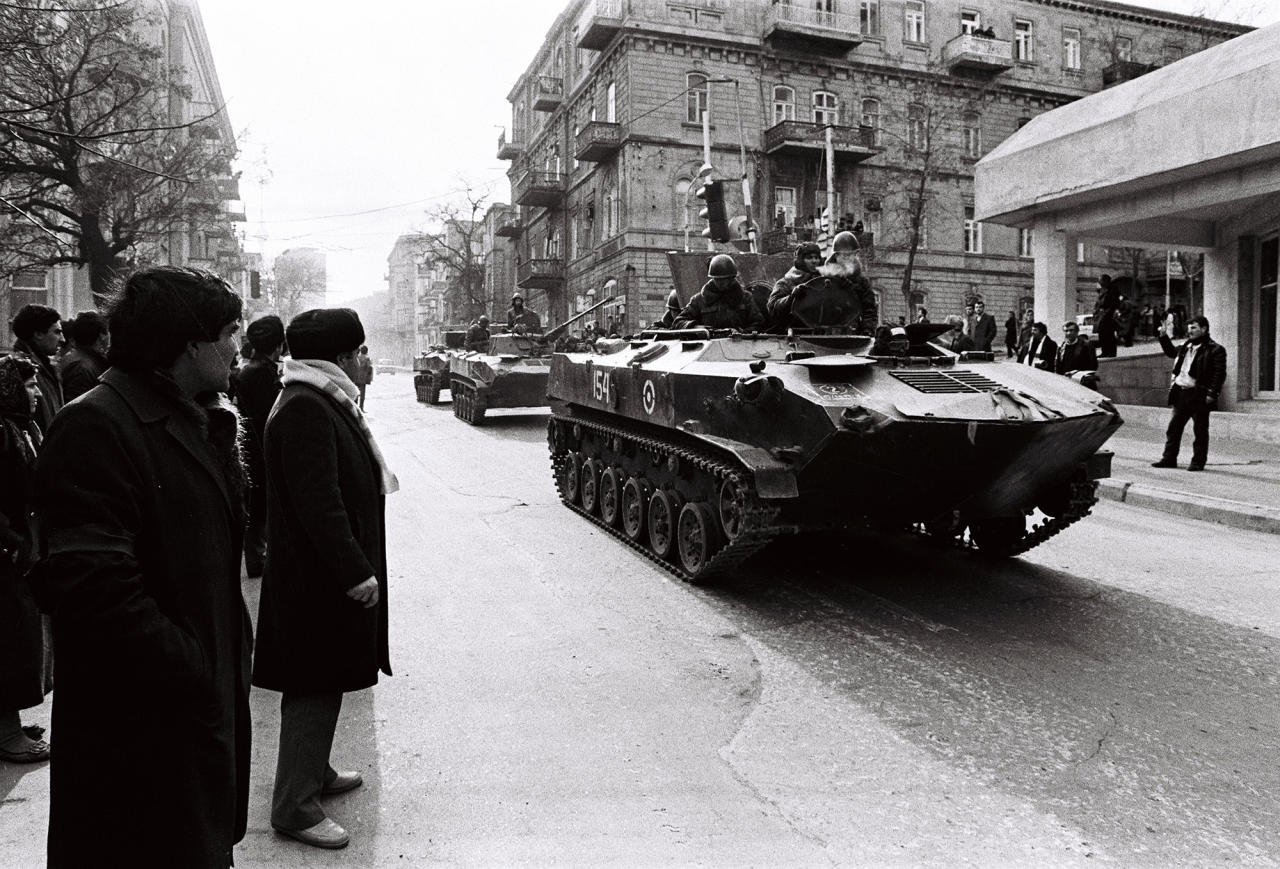
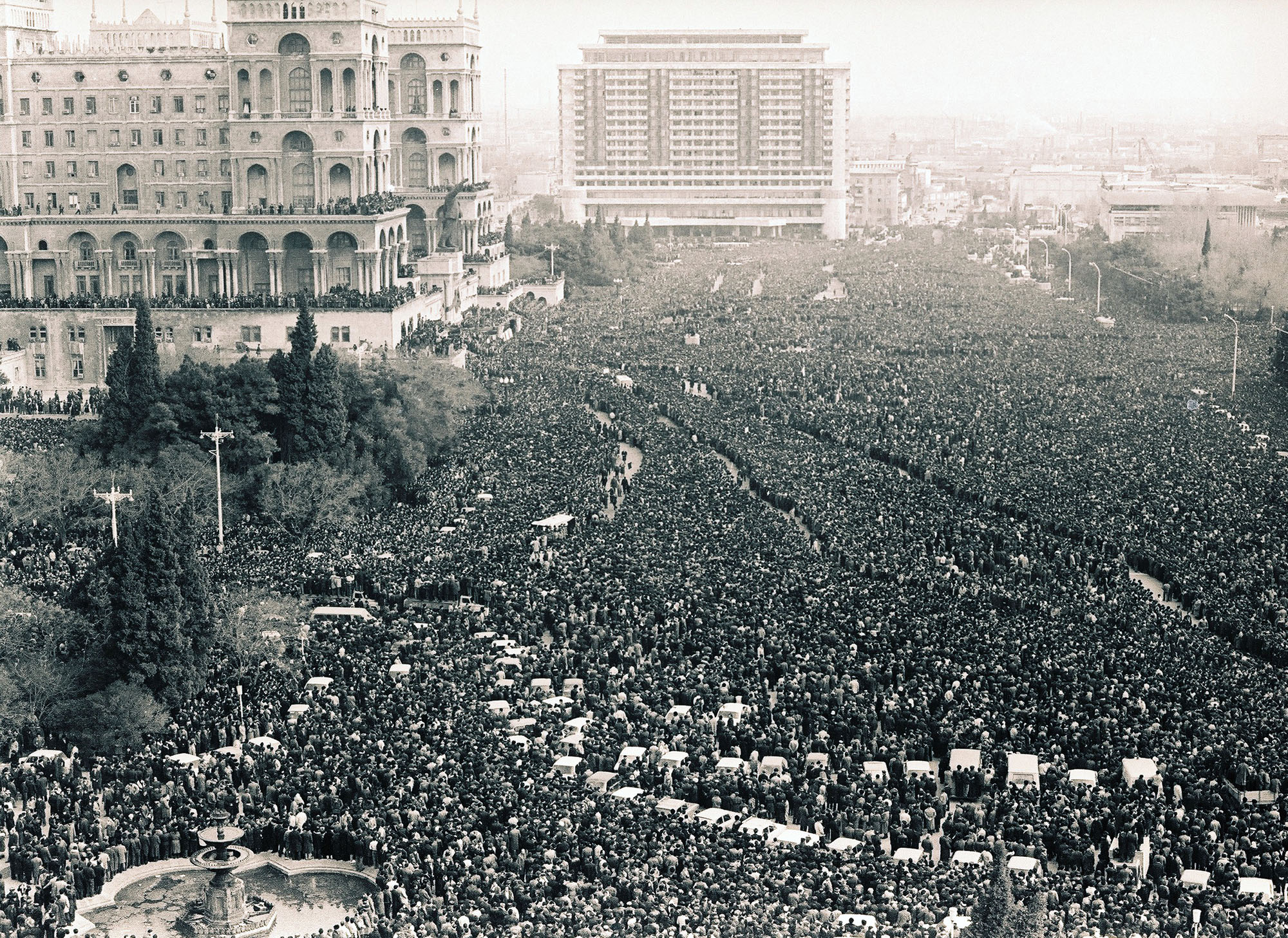
Almost three decades later, what has been dubbed ‘Black January’ continues to be a painful reminder for Azerbaijanis, including the families of those who died.
Farman Mammadov, who at the time worked in a bus depot, remembers it well. On the evening of January 19, 1990, he was accompanying the bus driver who was on his way back to the station. Farman’s 13-year-old daughter Larisa was also with him when the bus they were in came under the fire.
“We did not get to the tram line when they began to shoot us from three sides from a distance of about 20-25 meters. At that time, my daughter was sitting on the backseat of the bus,” Farman recalled during an interview with Trend in 2010.
After the bus driver was killed from a gunshot wound, it came to a stop and Soviet soldiers broke into it, forcibly pulling everyone into the street. Passengers were flung to the ground, beaten with batons and the butt of Soviet guns. By that point, Farman was wounded and lost all consciousness.
“Three days later, I came to life and found out that my daughter is no more alive – she was in the morgue with the tag number 320,” Farman said.
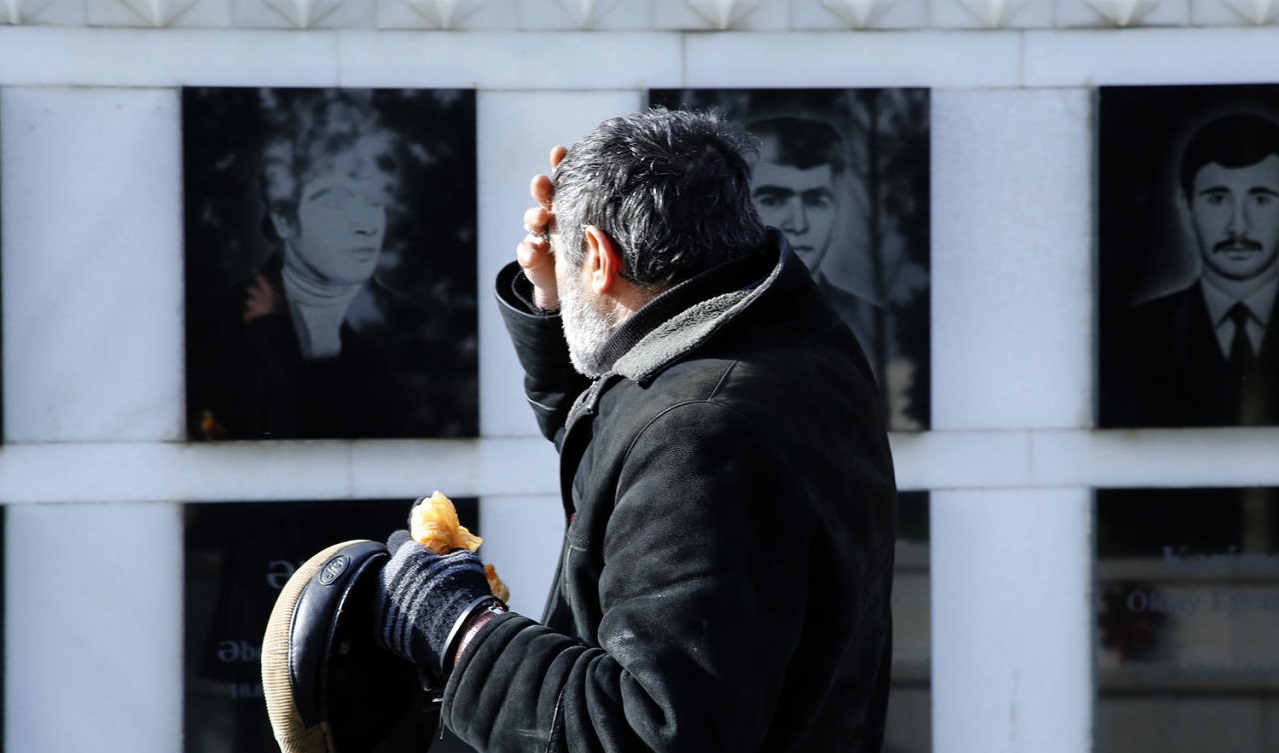
Many believe the resistance to Soviet authority had laid the foundation for regaining country’s independence from the Soviet Union, which collapsed by December 1991. Rizvan Huseynov, who heads the Center for the History of the Caucasus, says the events made an invaluable contribution to the restoration of sovereignty and the independence of Azerbaijan.
“I believe that this was the biggest and most serious mistake of the leadership of the USSR, because after the events of January 20 it became clear to all of us that there was no alternative to separation from the Soviet Union,” he told Moscow-Baku. “‘Black January’ once again showed that our people have the will to fight, and numerous casualties make it clear that, unfortunately, it is impossible to gain freedom and independence without victims,” he added.
The frightful events of this day in 1990 is locked into the collective psyche of Azerbaijanis who remember it as rallying for independence from the USSR. It also holds a more contemporary significance, serving as a raison-d'etre for Azerbaijanis to still feel a sense of injustice, while Armenia continues to occupy the Nagorno-Karabakh region along with seven surrounding districts – altogether comprising roughly 20 percent of Azerbaijan's internationally recognized territory.
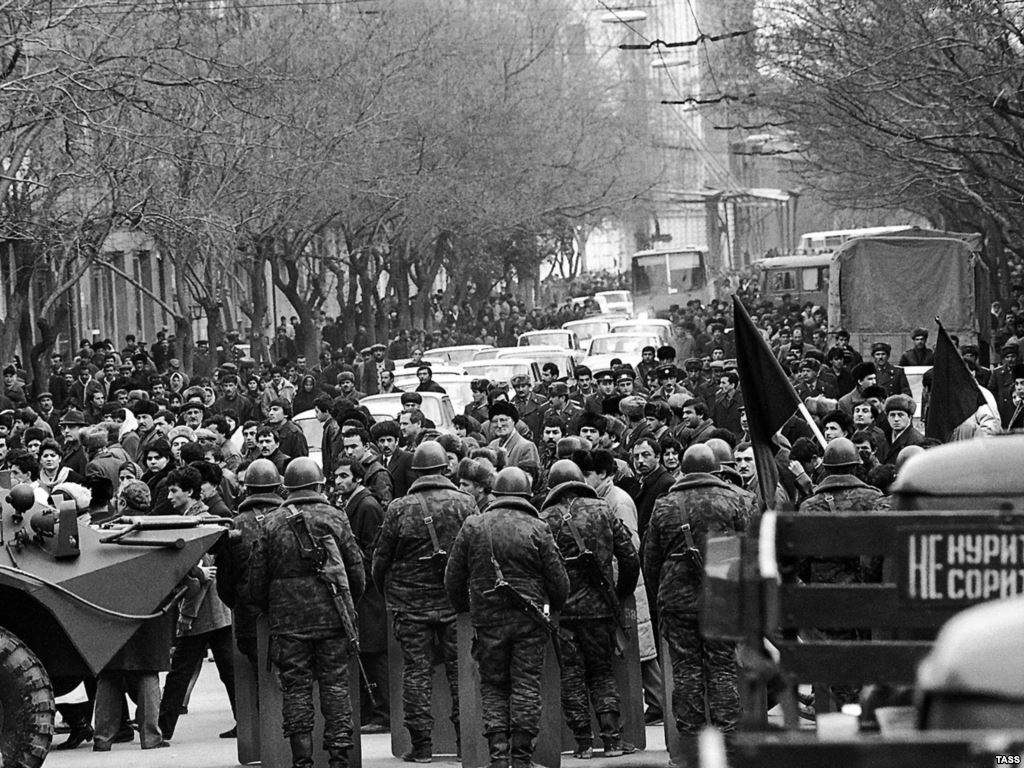


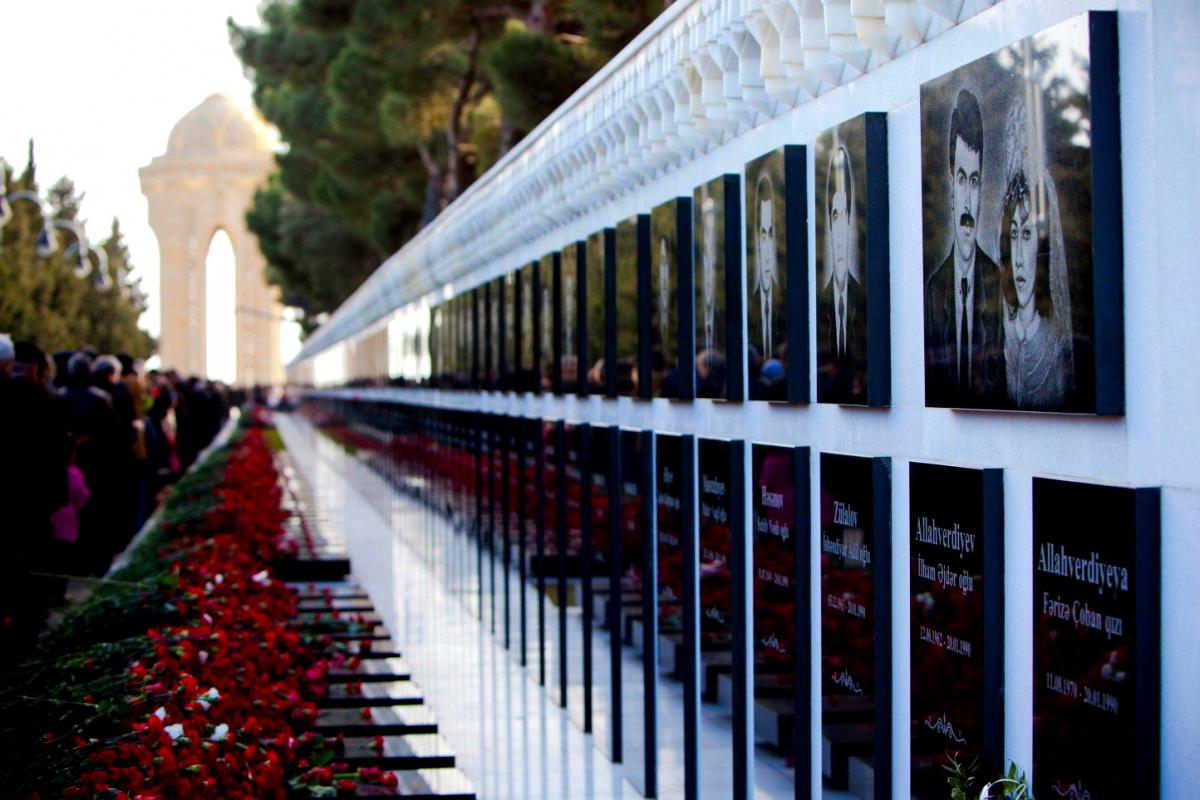




 Armenian sappers commenced on Monday mine-clearance operations in the territories adjacent to the Saint Mary Church in village of Voskepar (Armenia...
Armenian sappers commenced on Monday mine-clearance operations in the territories adjacent to the Saint Mary Church in village of Voskepar (Armenia...
 Iran and Pakistan have signed eight cooperation documents in various fields, and agreed to strengthen ties to fight terrorism in the region.
Iran and Pakistan have signed eight cooperation documents in various fields, and agreed to strengthen ties to fight terrorism in the region.
 As the conflict between Ukraine and Russia escalates, the strategic importance of Kharkiv, Ukraine's second-largest city, has come sharply into focus.
As the conflict between Ukraine and Russia escalates, the strategic importance of Kharkiv, Ukraine's second-largest city, has come sharply into focus.



